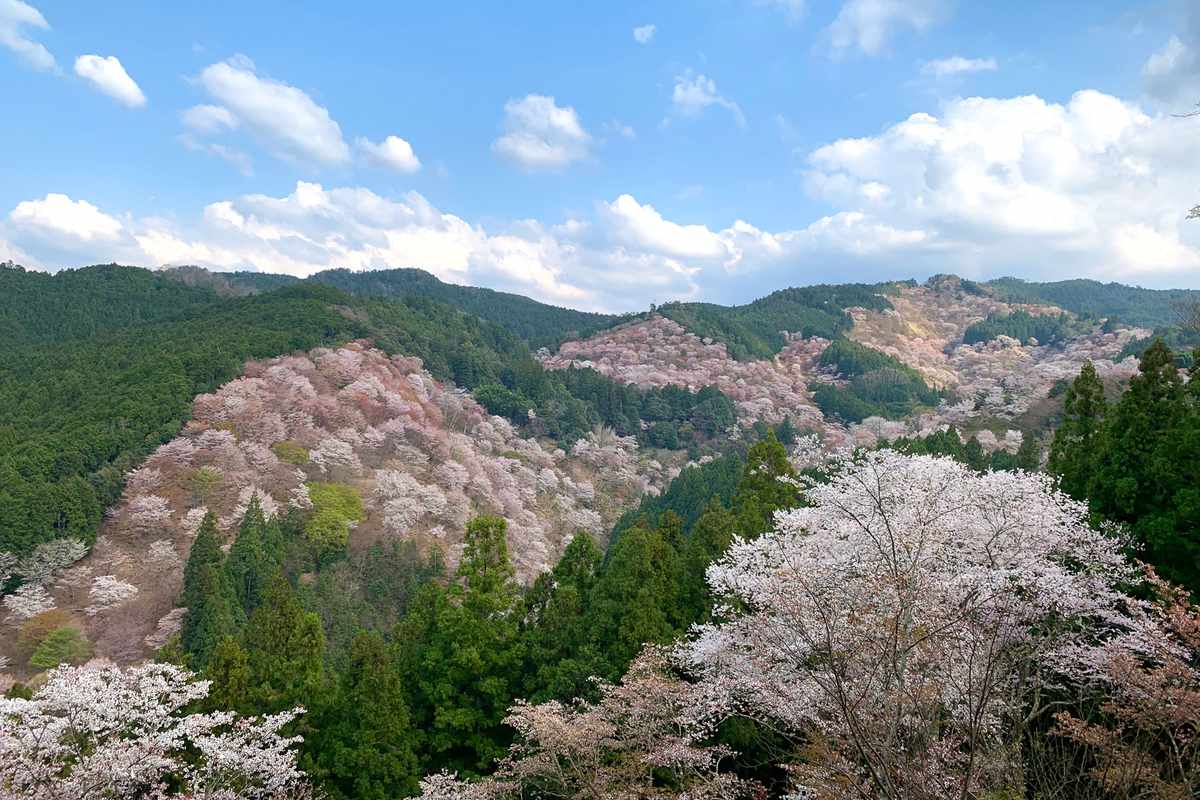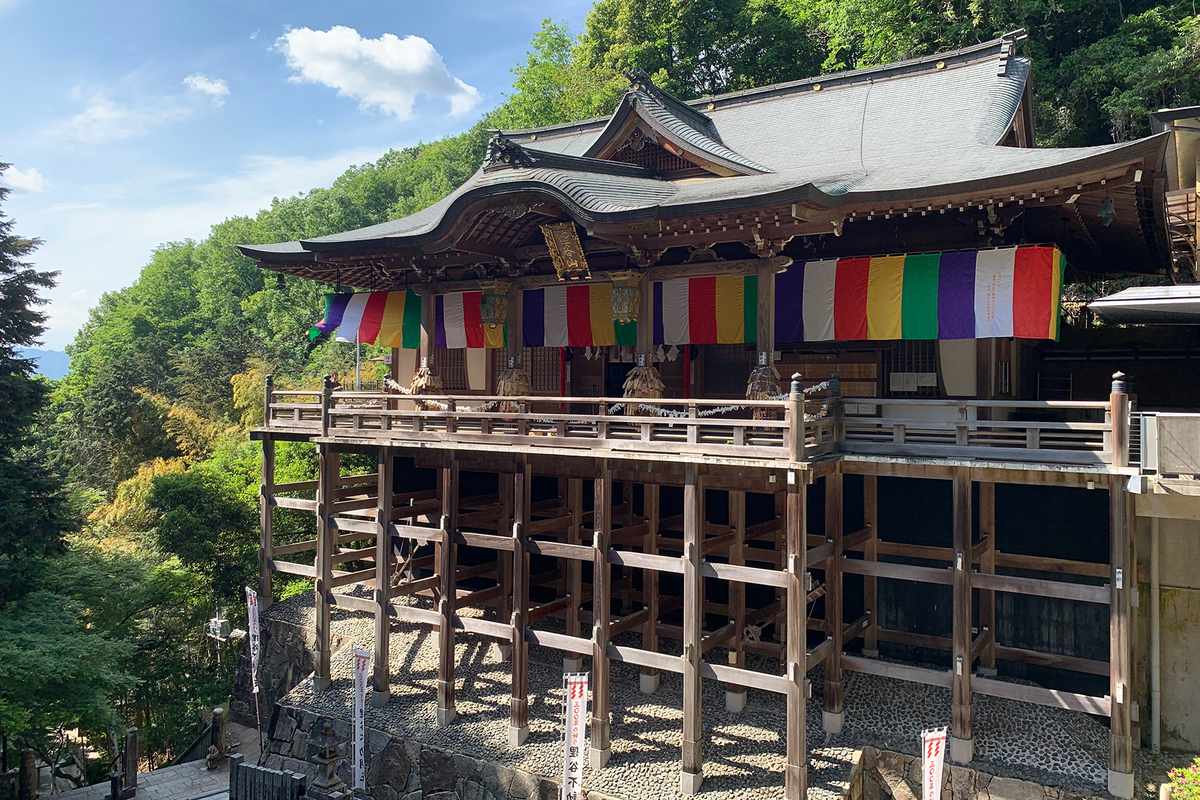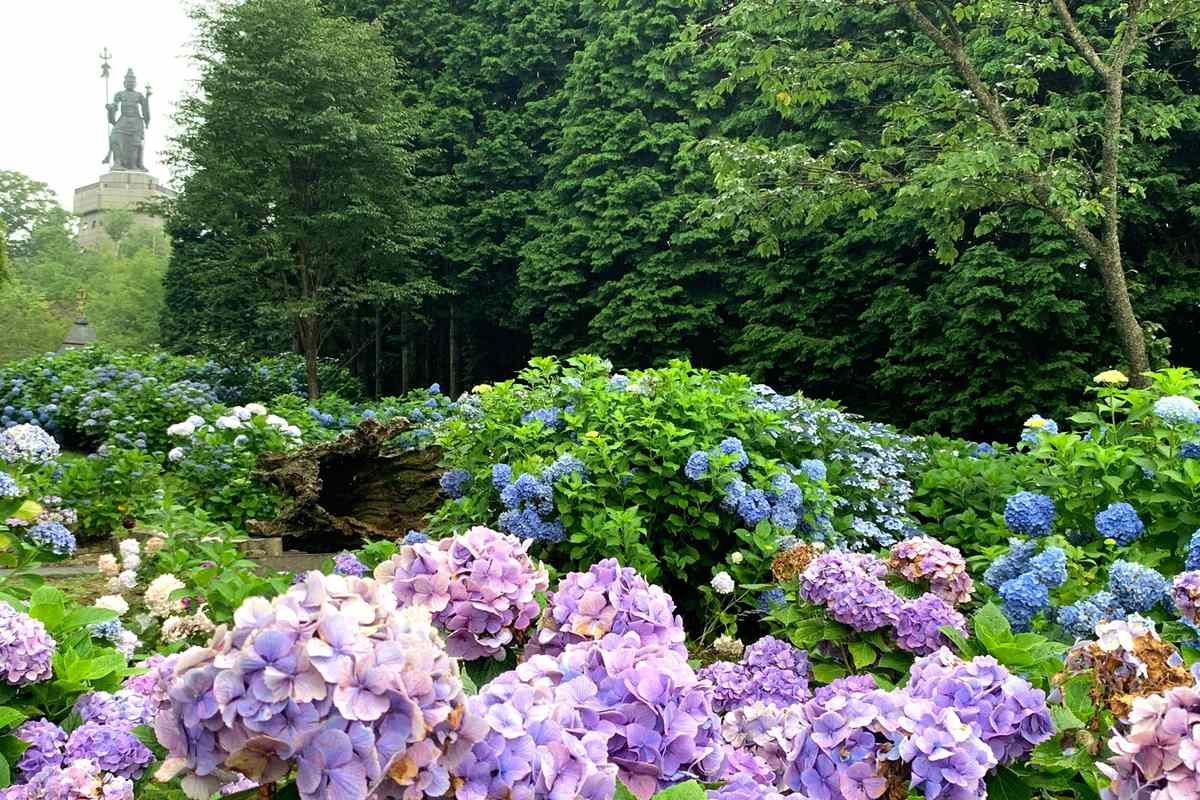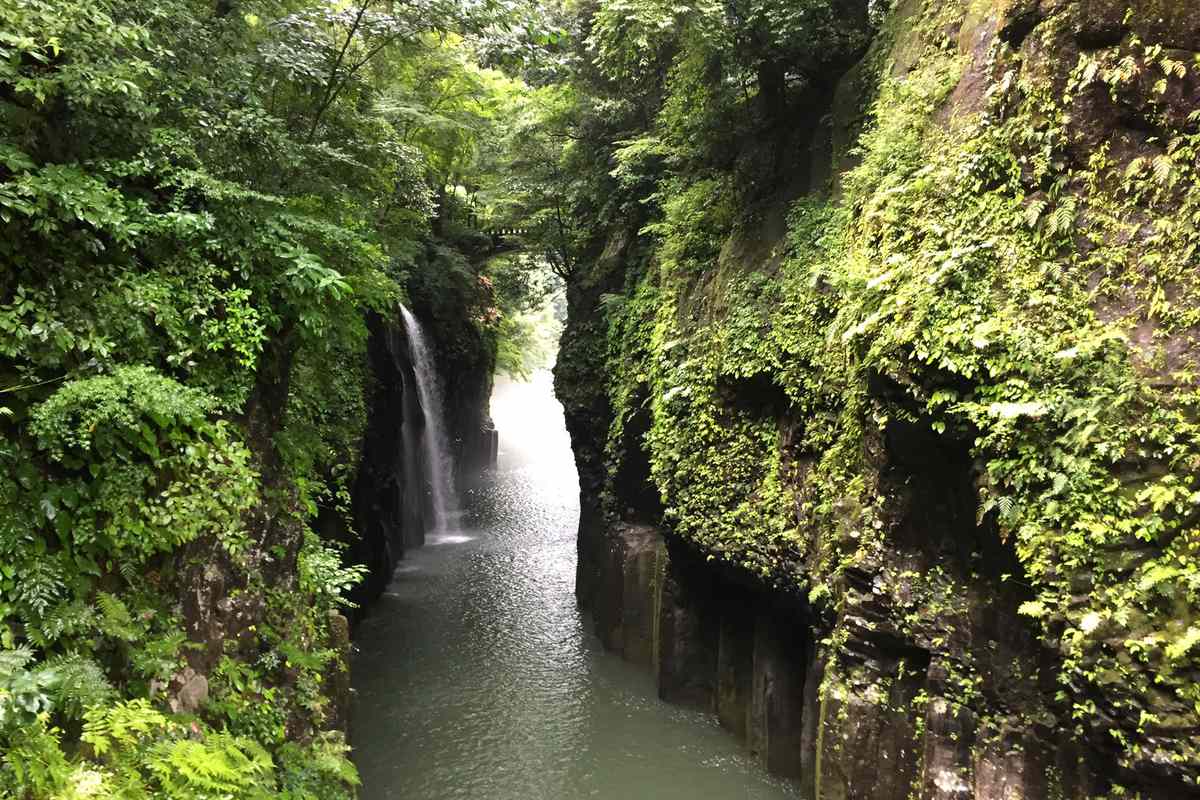Locals in Japan Capture the Country's Most Beautiful Attractions Without the Crowds – See the Photos
A centuries-old Kyoto temple, with rainbow flags fluttering above a wooden walkway. Forested mountains daubed with pink bursts of sakura cherry blossoms. And a solitary shrine gate on the rocky shores of a volcanic island. Each of these scenes instantly evokes the essence of Japan, a destination long loved for its unique culture, rich heritage, and seasonal sensitivity. But there is perhaps one detail that is subtly amiss: There are no overseas tourists.
Over the past decade, the number of international visitors to Japan – filling temples, shrines, skyscrapers, and karaoke parlors across the country – spiraled to dizzying heights, peaking at 31.88 million in 2019.
However, in a familiar pandemic pattern echoed globally, Japan's closed borders and coronavirus fears caused international tourist numbers to plummet to 4.12 million in 2020, according to the Japan Tourism Agency, The Japan Times reported.
The impact of this is captured in a series of real-time images, shot by on-the-ground guides from InsideJapan Tours. The photographs not only remind the world of the beauty and diversity of the nation's most compelling attractions, but they also depict the unusual absence of the usual hordes of overseas visitors.
Kyoto is one such place. The romanticism of the former ancient capital – a treasure trove of temples, shrines, and cultural highlights ranging from tea ceremonies to craftsmanship – normally lures sky-high numbers of international tourists.
So much so that before the pandemic, overseas visitors were regularly reprimanded by Kyoto authorities and local businesses over etiquette issues – as reflected in the Gion district, where signs request tourists to kindly refrain from ill-mannered behavior, such as following geishas down the street to take their picture.
But since the pandemic, the city's once heaving landmarks have been rather quiet, with surges of domestic-only tourists waxing and waning, depending on regional state of emergency declarations.
One spot captured in the InsideJapan Tours photographic series is Tanukidani Fudo-in, a temple wrapped in the hills of Higashiyama in northeastern Kyoto, which appears empty of tourists.
The temple has long been famed for its traditional stilted wood architecture, scattered raccoon statues (tanuki, meaning raccoon in Japanese), and car blessing ceremonies (yes, really – mountain priests traditionally bestow good fortune on vehicles).
Another exquisite image depicts cherry blossoms in full bloom across the dense mountains of Yoshino, in Nara Prefecture – an area which, for all its far-flung remoteness, is regarded as one of Japan's most scenic springtime spots, resulting in an annual flooding of sakura lovers.
Meanwhile, Nishinoshima, part of the Oki archipelago, is another popular spot. One of a clutch of four volcanic islands off the west coast in the Sea of Japan, Nishinoshima has long been popular thanks to its rich topography (it's a UNESCO Global Geopark, with green clifftops and roaming horses).
Other images capture two temples: Unpen-ji and Tsubosaka-dera – the former, a misty mountain-top temple with bursts of hydrangeas, and the latter, renowned for its big Buddha statue surrounded by cherry blossoms. Unpen-ji can also be found on the famed Shikoku pilgrimage route, which connects a loop of 88 temples around Shikoku island.
There's also the dreamy blue Seto Inland Sea, its horizon peppered with thousands of small fishing islands (among them, "art island" Naoshima), as well as the dramatic forested gorges of Takachiho, hidden in Kyushu's dense interiors in southern Japan (also home to a cave where Japan sun goddess Amaterasu reportedly hid, plunging the world into darkness, according to legend).
While Japan's borders currently remain closed to international visitors, the team at InsideJapan Tours has come up with a way for travelers to experience the unusual calm of many of the country's top tourist spots – with a series of live virtual tours.
"Having already run a live walking tour of Kyoto during peak cherry blossom season back in March, it became obvious that there was a demand for these live events," said Jeff Krevitt, InsideJapan Tours' vice president of marketing in the Americas.
"Over 1,000 people joined us live, with a further 7,000 or so watching the recorded version post-event. We were inundated with glowing feedback from nostalgic past customers, excited clients still waiting to travel, and inspired potential customers pondering their next trip."
For those itching to get back to the Land of the Rising Sun, these virtual experiences offer perhaps the best chance of enjoying the nation's epic highlights without other overseas tourists on the scene.
Source: Read Full Article








